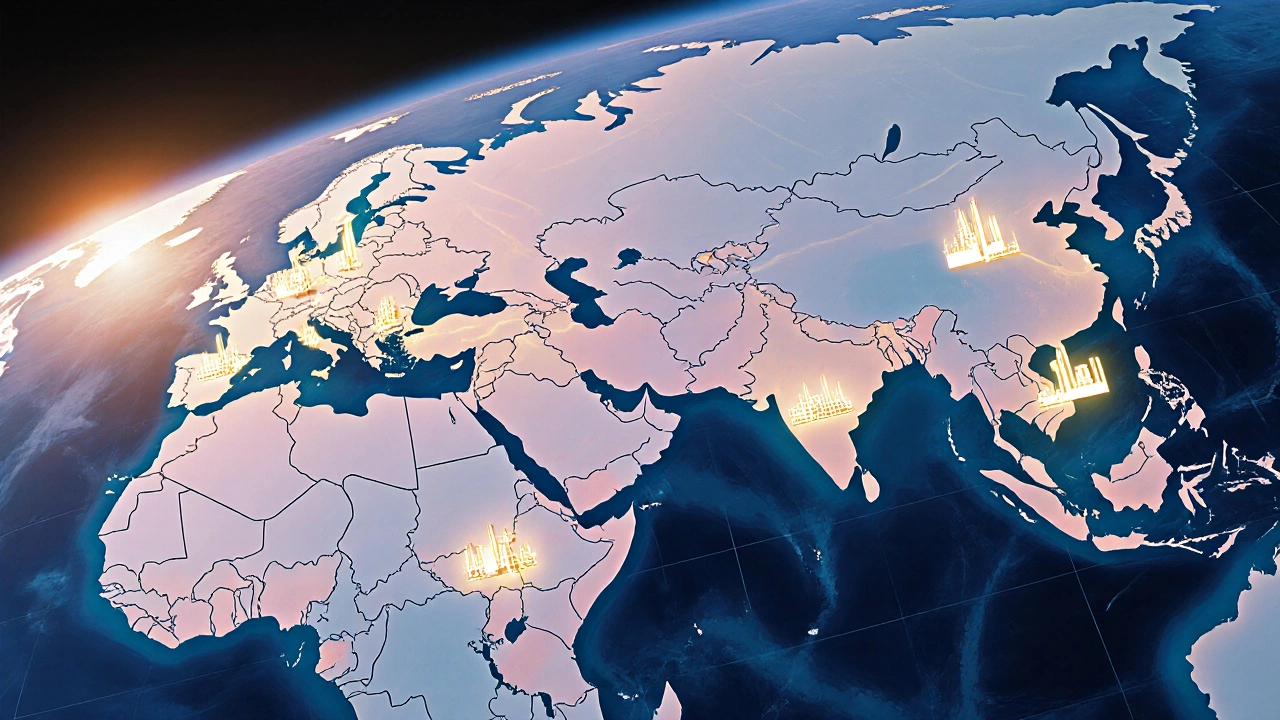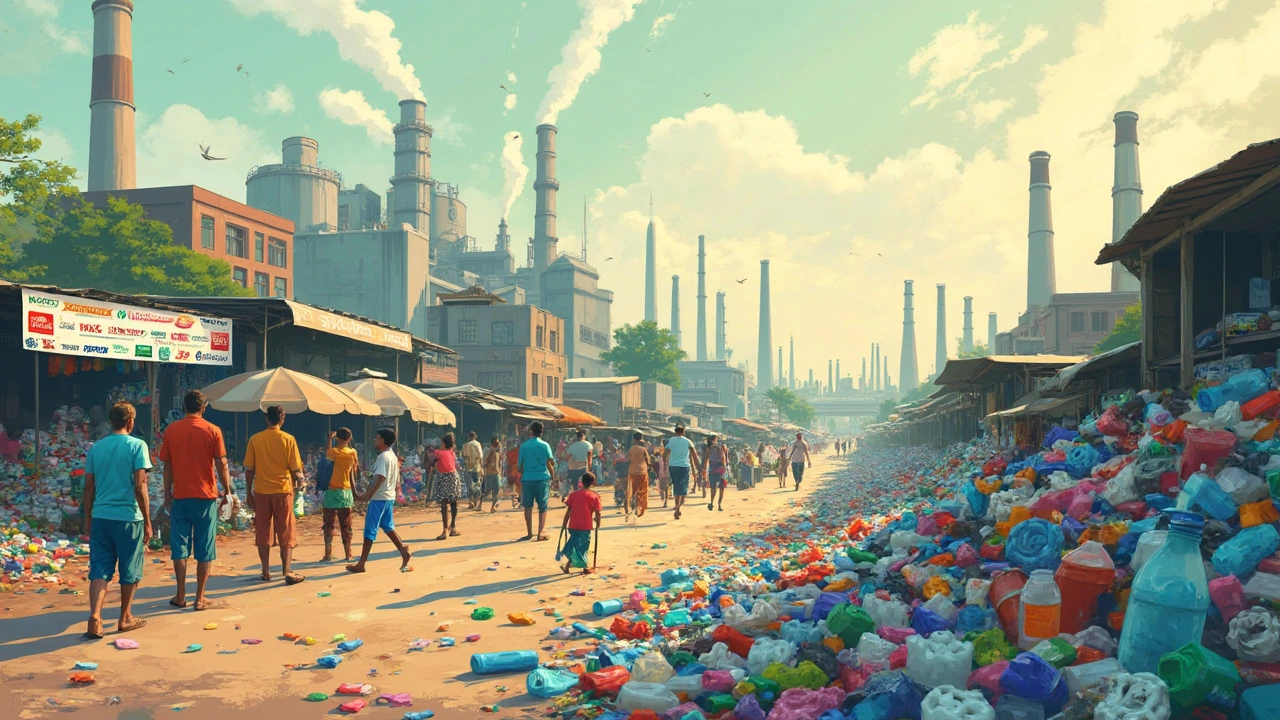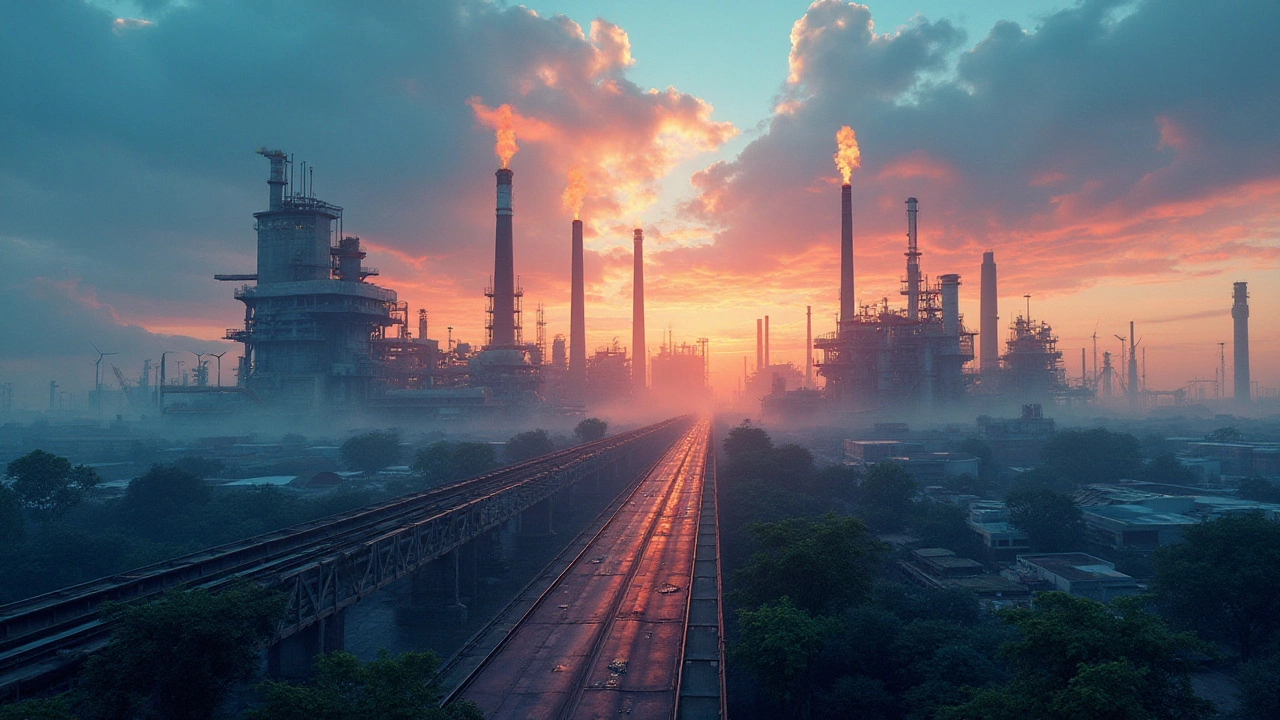Plastic Manufacturers in India: What You Need to Know
India’s plastic makers are a huge part of the country’s industrial engine. From bottles and bags to automotive parts and medical devices, they churn out millions of tonnes every year. If you’re curious about how this sector works or looking to join it, you’re in the right place.
Most of the production hubs sit in Gujarat, Tamil Nadu, and Maharashtra. These states offer cheap land, good port access, and a steady flow of raw polymers. That’s why you’ll see big parks of extrusion lines and injection‑molding machines snaking across their industrial zones.
Key Trends Shaping the Plastic Industry
Automation is no longer a buzzword—robots now load molds, sort scrap, and even do quality checks with vision systems. The result? Faster cycles, fewer defects, and lower labor costs. At the same time, the government’s push for “Make in India” means more incentives for local producers, especially those that can export to the EU or US.
Sustainability is another game‑changer. Customers demand recyclable or biodegradable options, so manufacturers are blending bio‑based polymers with traditional plastics. Even big players are launching take‑back schemes to recycle post‑consumer waste. If you ignore these moves, you’ll quickly fall behind competitors who are already green‑certified.
How to Stay Competitive as a Plastic Manufacturer
First, focus on product mix. High‑margin items like custom medical housings or automotive interiors pay more than commodity bags. Use data from your shop floor to tweak cycle times and cut scrap—every kilogram saved boosts profit.
Second, build relationships with raw‑material suppliers. Securing a stable feed of resin at locked‑in prices protects you from price spikes. Many Indian resin producers now offer credit terms to trusted partners, which can ease cash‑flow pressure.
Third, invest in energy‑efficient equipment. Plastic processing eats electricity, so a 10% drop in power use can translate into big savings over a year. Look for machines with variable‑frequency drives and heat‑recovery systems.
Finally, market your sustainability story. Highlight any certifications—ISO 14001, FSC, or recycled‑content labels—on your website and product sheets. Buyers increasingly filter suppliers based on eco‑credentials, so a clear narrative can open doors to new contracts.
Overall, the Indian plastic manufacturing scene is booming, but it rewards those who stay agile, adopt new tech, and keep an eye on the environment. Whether you’re a seasoned player or a startup thinking about setting up a small extrusion line, these pointers should help you navigate the market with confidence.

Top Plastic Manufacturers Worldwide - Who Makes Plastic?
Discover the leading global plastic manufacturers, their main products, regional reach, and how to choose the right partner for your plastic needs.

Plastic Manufacturing Companies: Who Makes the Most Plastic?
This article uncovers which companies are behind the bulk of global plastic production. It dives into the biggest names in the industry, the real impact they're having, and how their products end up in everyday life. Find out some eye-opening facts about plastic waste and learn practical tips you can use to avoid products made by top plastic polluters. Packed with information you don’t usually see in basic news stories, this guide gives real-world insight for anyone curious about where all the plastic is coming from.

Top Global Plastic Manufacturers: A Look at Leading Companies
In the realm of plastic production, a few global companies dominate the landscape. This article delves into who creates the most plastic worldwide, examining the operations of major players in the industry. Discover the scale of production, their environmental impact, and innovative practices aimed at sustainability. This analysis provides insights into the driving forces behind the manufacturing of plastic products used daily.


